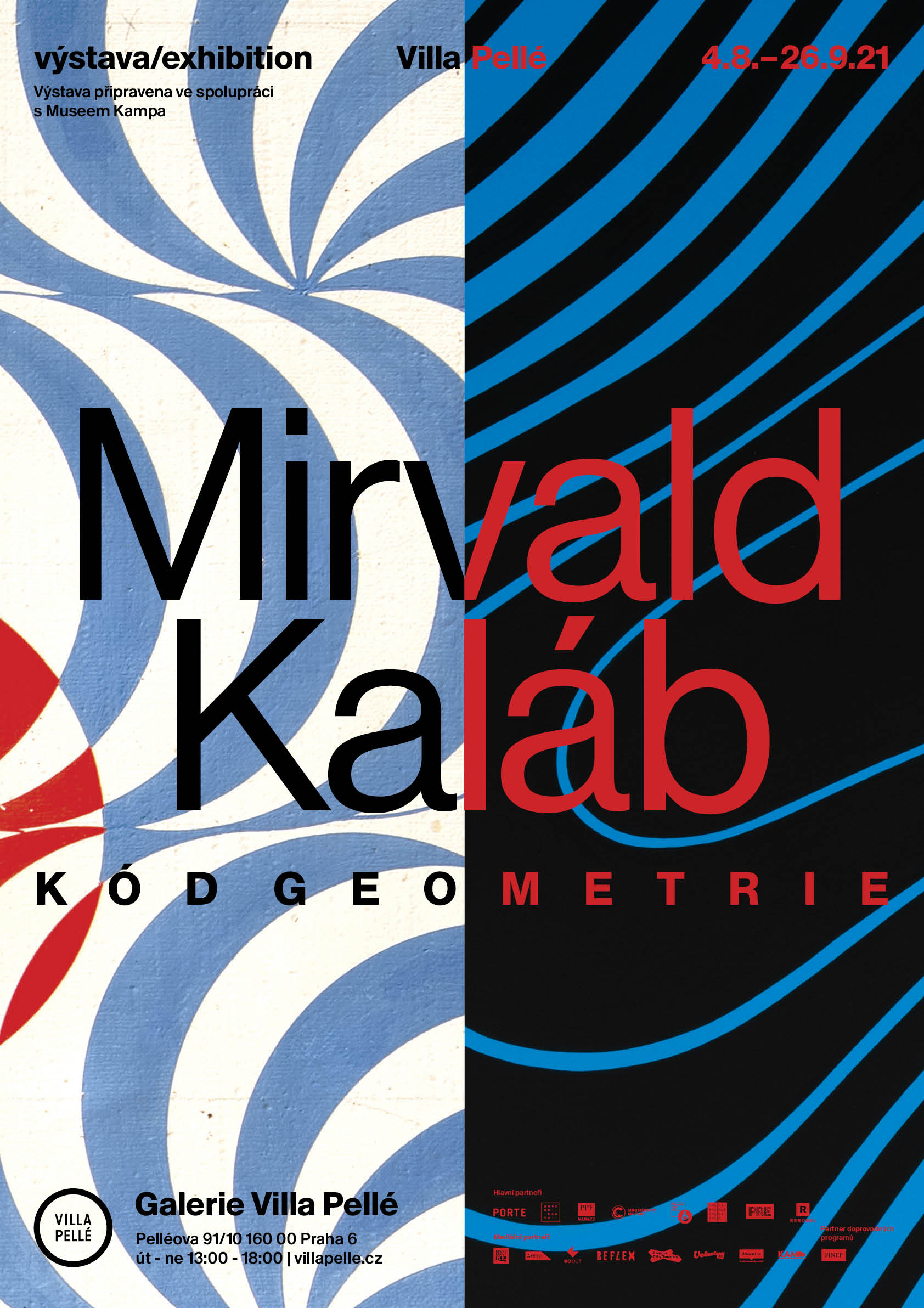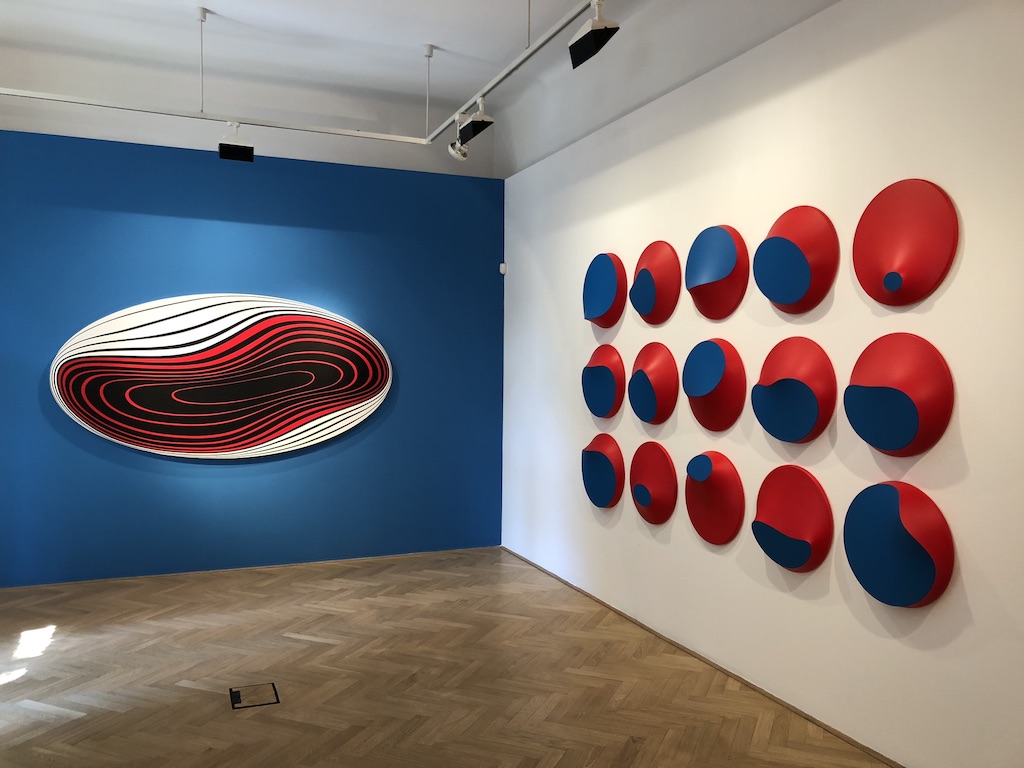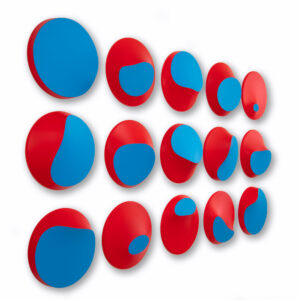Curatorial text by Martina Vítková
Do not enter if you have no sense of geometry, wrote Plato above the door of his academy. He understood geometry as the realm of ideas. He saw the laws of geometry as an expression of a harmonious world where order was determined by symmetry and proportion. If Albert Einstein tried to describe matter in purely geometric terms at the beginning of the twentieth century, it is not surprising that the language of geometry seems appropriate for the artistic expression of the newly seen world as well.
The concepts of pure art and universality have been associated with geometry since the early decades of the twentieth century. Imagination is manifested in construction and methodological practices. The geometry code is not a secret script, but rather a universal language that contains understanding regardless of the anthropological difference and complexity of cultures.


1 / 5
Early modern geometry was linked to spiritual symbolism, balancing the expressiveness and strong emotionality of material abstraction in the 1960s and offering a positive view of civilization in the decade steeped in existentialism. If geometry is also interesting for the 21st century generations, who naturally use computers and move in virtuality and cyberspace, it is clear that the search for the order it entails is still the most fundamental question of humanity.

The summer exhibition at Villa Pellé brings together two different yet close worlds: the work of the Louny-based concrete artist Vladislav Mirvald, who was born exactly one hundred years ago (1921–2003), and installations by Jan Kaláb (1978), an artist inspired by graffiti and street art.






 Back to overview
Back to overview 
